Gadgets for special people
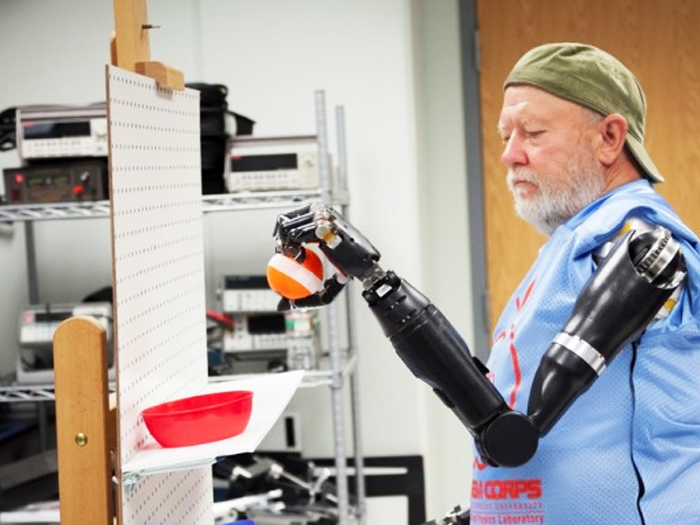
Every person with a disability is an individual and for every individual we present gadgets and assistive devices. It’s very hard to experience our lives without some ability. Some big hearted inventors created many high-tech devices that help numerous disables to fulfil their lives. These gadgets allow them to complete their everyday task and other complex work. They named it adaptive devices that help to improve someone’s lives. Technology is a gift for such persons.
Here is the technological breakthrough and some of the gadgets that are useful for specially abled persons.
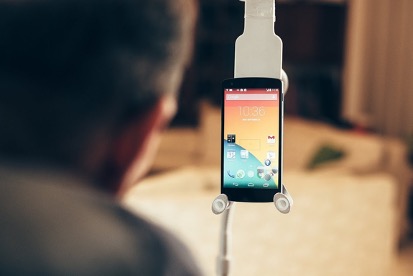
Sesame Phone
The Sesame Phone is a smartphone designed explicitly for the mobility impaired population. It uses computer vision technology to allow people to access any app just by moving their heads. Sesame Phone is the latest example of how gesture and facial recognition technology are turning things like smartphones and tablets into vital communication devices for people with special needs. The on-screen cursor is controlled by the position and movements of a user’s head, and supports even minimal movements. Voice control is integrated to provide a truly hands-free experience for accessing the device. To turn the phone just say “Open Sesame” and it will wake up and start tracking you. the device costs about $1,000 and some organizations are providing it free of cost to the specially able persons.
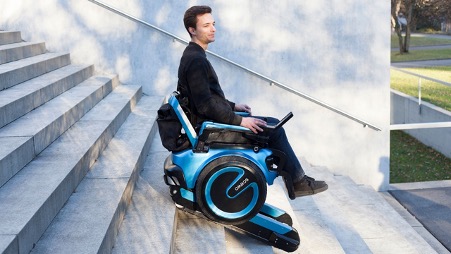
Power Chairs
It is a device that helps in mobility and orientation. It is typically used by individuals who have a medical condition and have difficulty walking. These devices usually have four to six wheels, which help with stability, and are powered by batteries that generally last around 10 miles before needing to be recharged. A Power Wheelchair price ranges from $1,500 to $4,000 and can go up over $15,000. Mid wheel drive systems average higher than front and rear wheel drive. High-end power wheelchairs come with many options such as recline, tilt-in-space and some can even bring the user to a standing position.
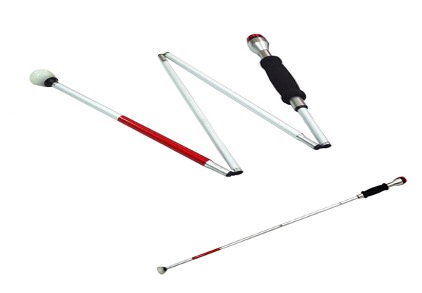
Tactile wand electronic cane
This device also helps in mobility for a person who is blind. There are different types of cane but this is the latest and best cane because it uses a distance sensor to detect objects in front of the user. Apparently, the closer you come to an object, the greater the vibration. An electronic travel aid which fits on top fold of the white cane. Informs about presence of objects before actually touching the object with the cane and thus helps in preventing unwanted contact. Research sensor canes can be heavy and expensive — weighing up to 50 pounds with a cost of around $6,000.
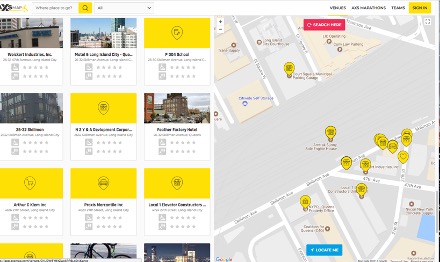
AXS Map
AXS Map’s goal is to map the accessibility of these places to help people with disabilities navigate the world with ease. It’s a problem many of us face, but for the more than 1.3 billion people worldwide with mobility or vision related disabilities, the challenges are often compounded.
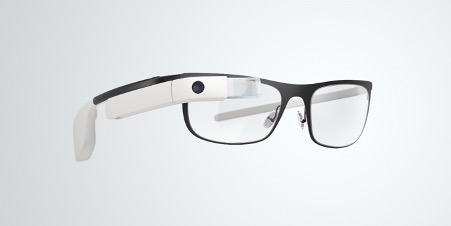
Google Glass
Google Glass is the name for a type of wearable computer created by the Google's Project Glass. These futuristic glasses provide augmented reality for users by visually connecting them to an Android-run heads up display that offers many of the features of an Android spmartphone. Google Glass provide an experience known as augmented reality, where images are superimposed over what the user sees in real life. It looks like a pair of glasses with one side of the frames thicker than the other. It costs $15,000 USD.
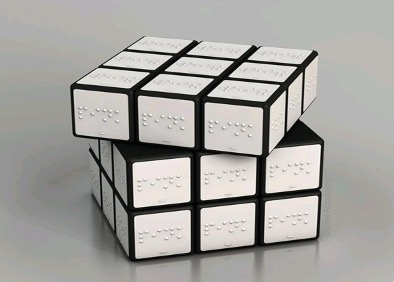
Braille Rubik Cube
The Braille Cube simply embosses tactile Braille stickers over the colored ones for blind people to read. The only problem with this concept is being able to continue to read the Braille inscriptions as the squares are turned about. Crafted with eco-friendly ABS material, harmless to human and environment. Lightweight and comfortable in the hand, you could try to stretch your brain capacity or spending some leisure time with it whenever and wherever you are. This 3x3x3 Cube is specially designed for the blind. The Braille uses 3D embossed design. The feel is stronger than the ordinary cube, make the player to read the content quickly and accurately. The cost of this cube is $16.
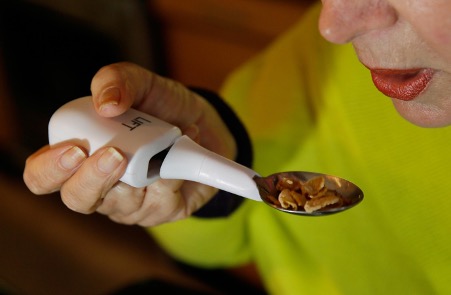
Anti – Shake spoon
Stabilizing Technology to get Food from Plate to Mouth Effortlessly. Affordable, lightweight and strong. No electrical components or batteries. Dishwasher safe. Counter weights and rotation axes keep the spoon bowl level regardless of your hand twists or moves. For people suffering from fine motor control, hypotonia, cognition deficit, tremor and poor control. Available in 2 sizes. - Soupspoon and Teaspoon - Suitable for both children and adults. The price of the spoon is Rs 599 may vary from brand to brand.
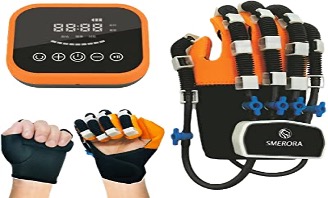
Smerora Robotic Gloves
A soft robotic glove designed to facilitate home-based rehabilitation for stroke survivors with hand impairment through repetitive stretching exercises. It is a hand wearable device for rehabilitation, one can use it at home and clinic, deliver high repetitions for effective functional recovery and connected device to get feedback from therapist. Low pressure and comfortable materials make this device safe and desirable for repeated use. It is best for those people who have less motor control one their hands. This gadget is bit costly, the price starts from Rs 22,500.
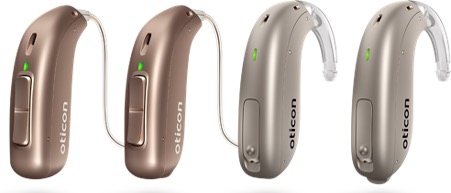
Oticon More
Oticon More with Brain Hearing technology is a revolutionary hearing aid that gives the brain more of the relevant information it needs to make better sense of sound, so one can get better speech understanding with less effort and the ability to remember more. Oticon More is the hearing aid with built-in intelligence to make more sense of sound. Oticon More supports your brain by giving it more of what it needs to make better sense of sound. It costs Rs 25,000.
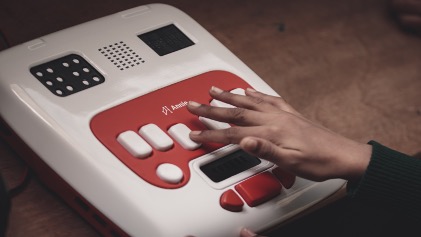
Annie Braille
It is the world’s first Braille self-learning device. Annie was built to be a comprehensive Braille self-learning device, one that could make learning fun, engaging, and intuitive for blind students. It was important to develop child-friendly hardware that had a sense of playfulness, a device that encouraged the learner to have fun. Annie has helped hundreds of blind children learn Braille reading, writing, and typing in schools across the world, from India to the United Arab Emirates to the United Kingdom. It teaches through interactive lessons across contracted and unconstructed Braille.





